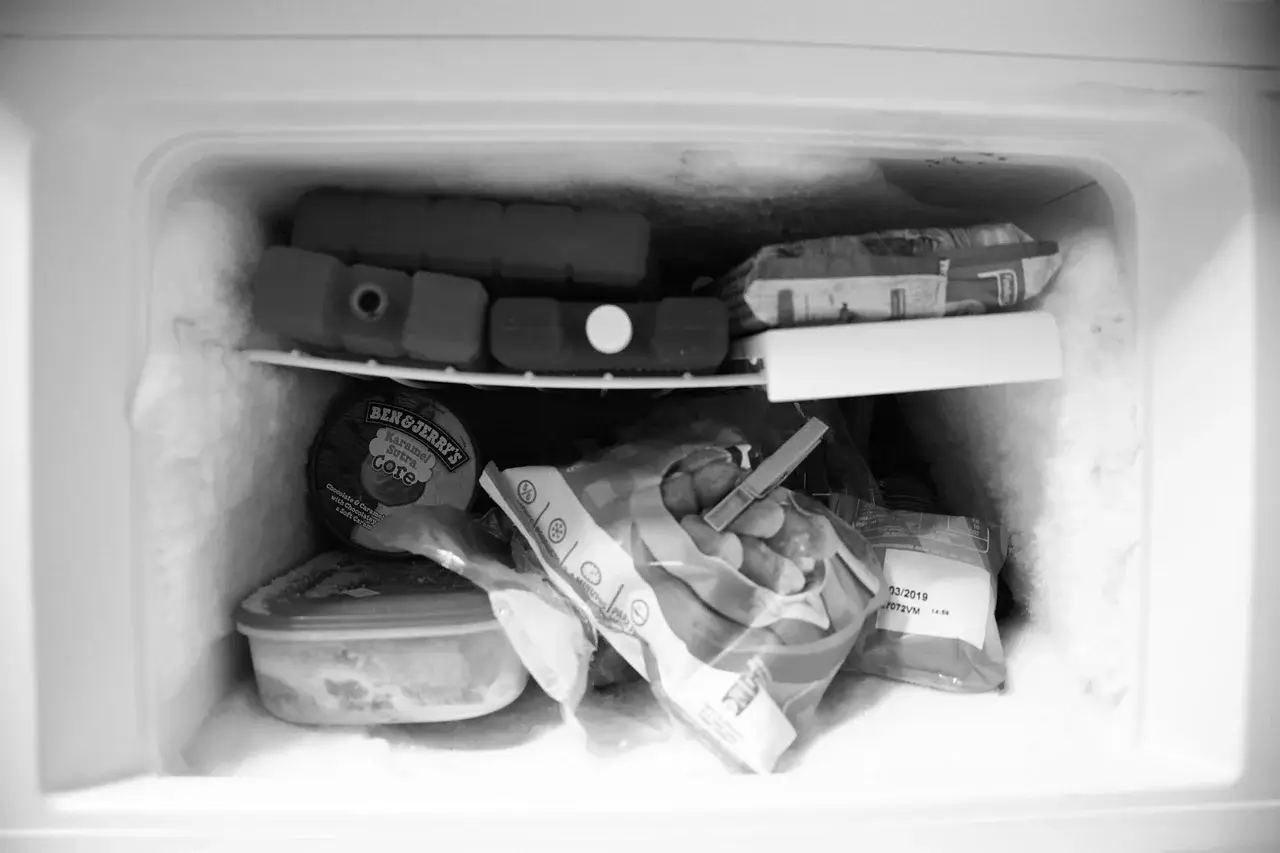Air conditioning filters play a crucial role in maintaining indoor air quality and the efficient functioning of your AC system. Over time, these filters accumulate dust, debris, and allergens, affecting both air quality and system performance. The question arises: should you clean your AC filters or replace them altogether? Let’s explore the options and determine the best approach for keeping your AC system in top shape.
The Importance of Clean AC Filters:
AC filters are designed to trap airborne particles, including dust, pollen, pet dander, and mold spores. By capturing these contaminants, filters prevent them from circulating in your home and potentially causing allergies or respiratory issues. Clean filters also promote proper airflow, enhancing cooling efficiency and reducing energy consumption.
Cleaning AC Filters:
Cleaning AC filters can be a cost-effective solution, especially for reusable filters. Here’s a simple step-by-step process to clean your AC filters effectively:
- a) Turn off your AC unit and locate the filters.
- b) Remove the filters carefully and inspect them for dirt and debris.
- c) If the filters are washable, gently rinse them under running water. Use a mild detergent or a specialized filter cleaner to remove stubborn dirt.
- d) Allow the filters to air dry completely before reinstalling them.
- e) Regular cleaning is recommended every one to three months, depending on usage and environmental factors.
Replacement Considerations:
While cleaning AC filters can be beneficial, certain scenarios may require their replacement:
- a) Disposable Filters: If your AC uses disposable filters, they are typically not designed for cleaning. Replace them according to the manufacturer’s guidelines, which is typically every one to three months.
- b) Excessive Contamination: If the filters are heavily soiled or damaged, cleaning may not restore their effectiveness. It’s advisable to replace them to ensure optimal filtration.
- c) Time and Effort: Cleaning filters can be time-consuming, especially for complex filter designs. If you prefer a hassle-free approach, replacing filters might be more convenient.
Finding the Right Filters:
When replacing filters, it’s crucial to choose the right type and size for your AC system. Consult the owner’s manual or seek professional advice to ensure compatibility and proper filtration efficiency. Options include fiberglass, pleated, electrostatic, and high-efficiency particulate air (HEPA) filters.
Maintaining clean and efficient AC filters is vital for your indoor air quality and the overall performance of your air conditioning system. While cleaning AC filters can be effective and cost-saving for reusable filters, disposable filters may require regular replacement. Consider the condition, type, and effort involved when deciding whether to clean or replace your AC filters. Regular maintenance, including filter care, will ensure a comfortable and healthy environment for you and your loved ones.
Remember, if you’re unsure about the best course of action or need assistance, consult an HVAC professional who can provide guidance tailored to your specific needs.
Image by Lucio Alfonsi from Pixabay














